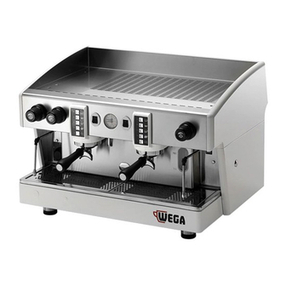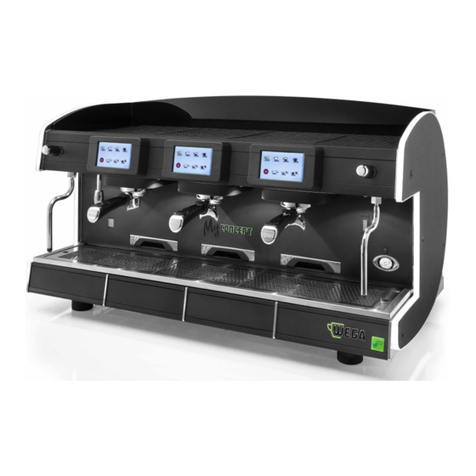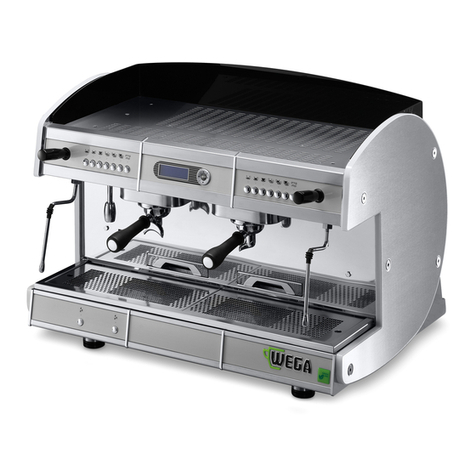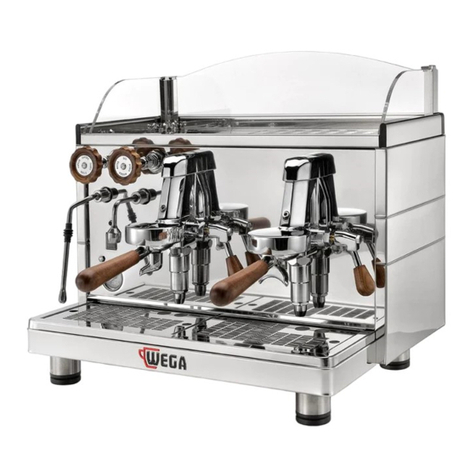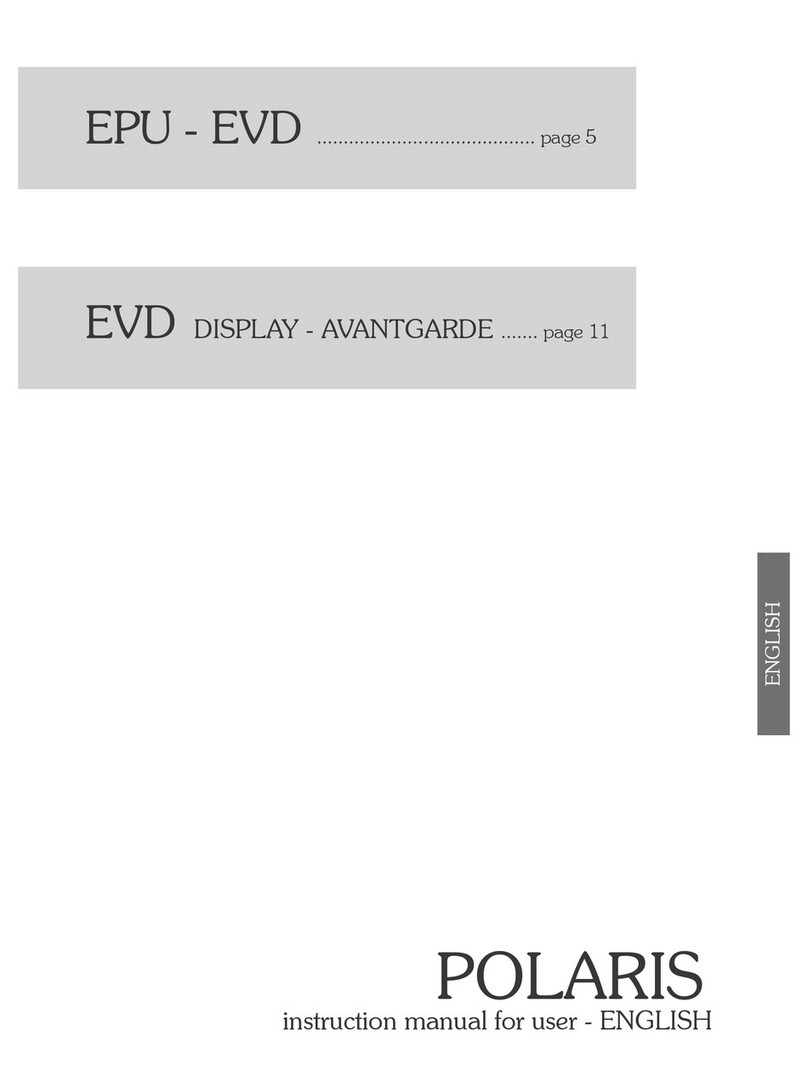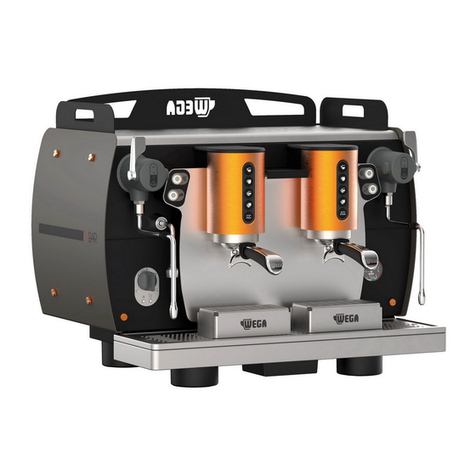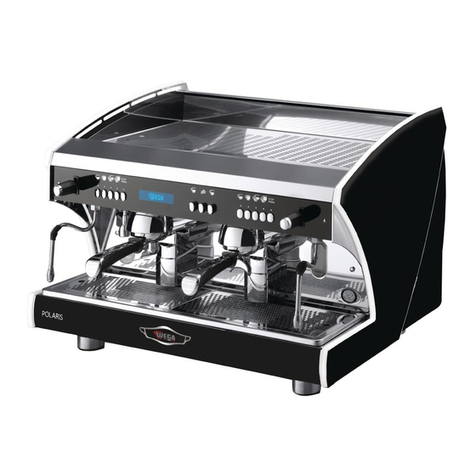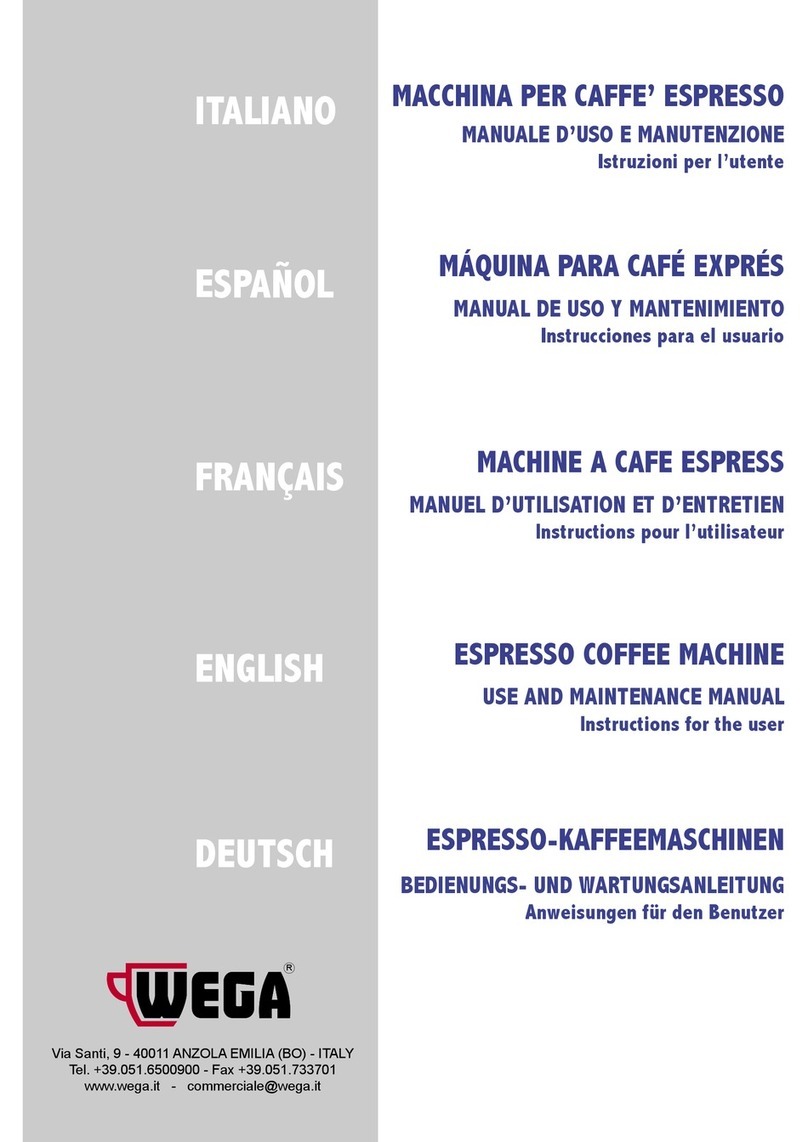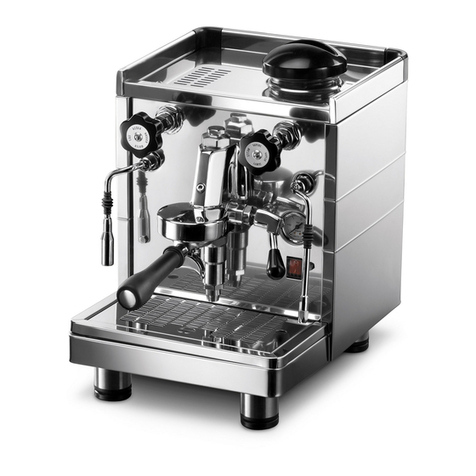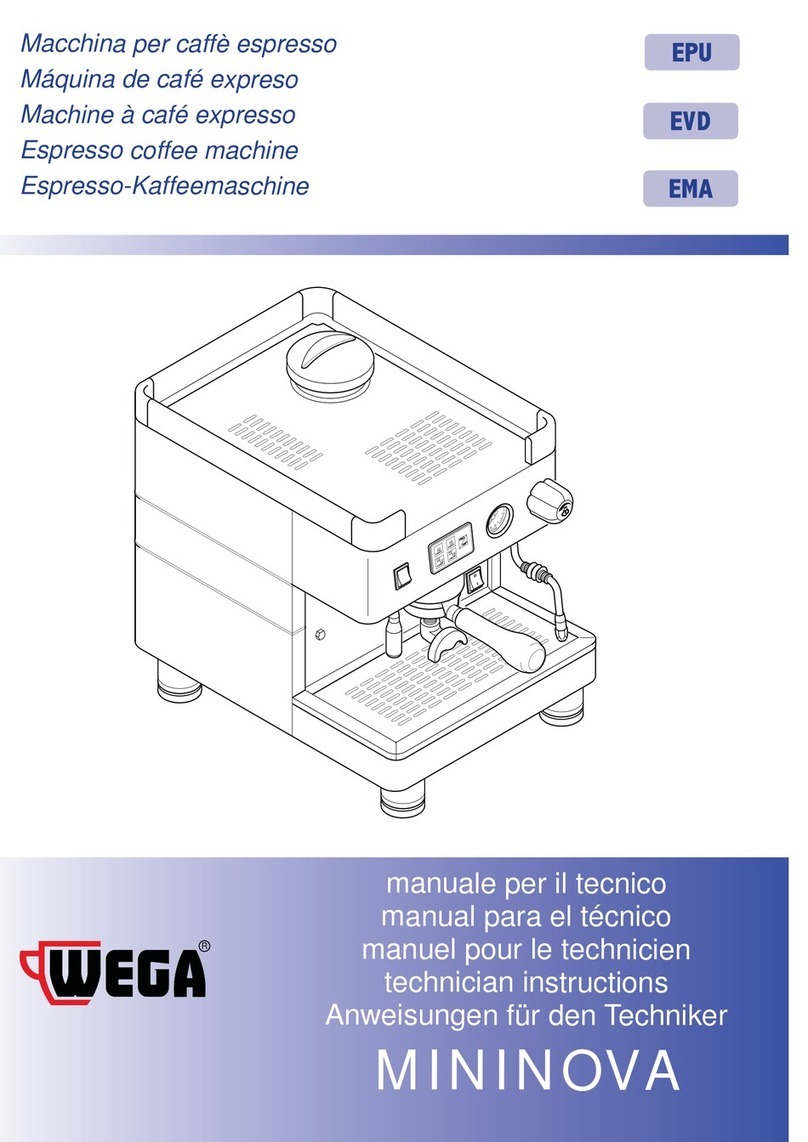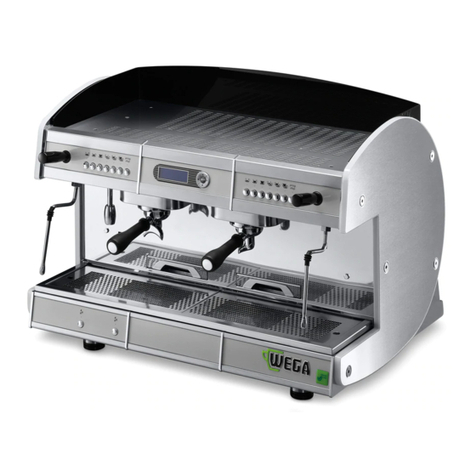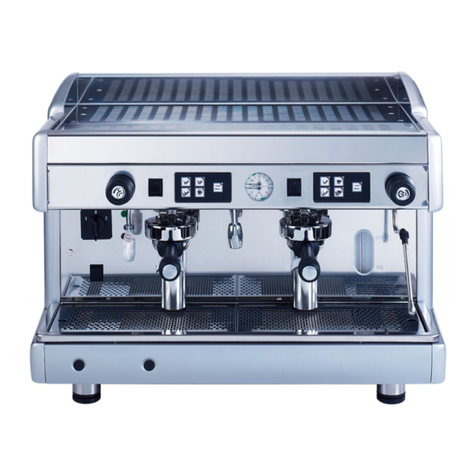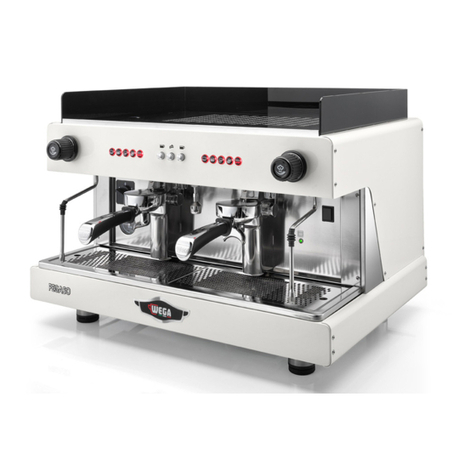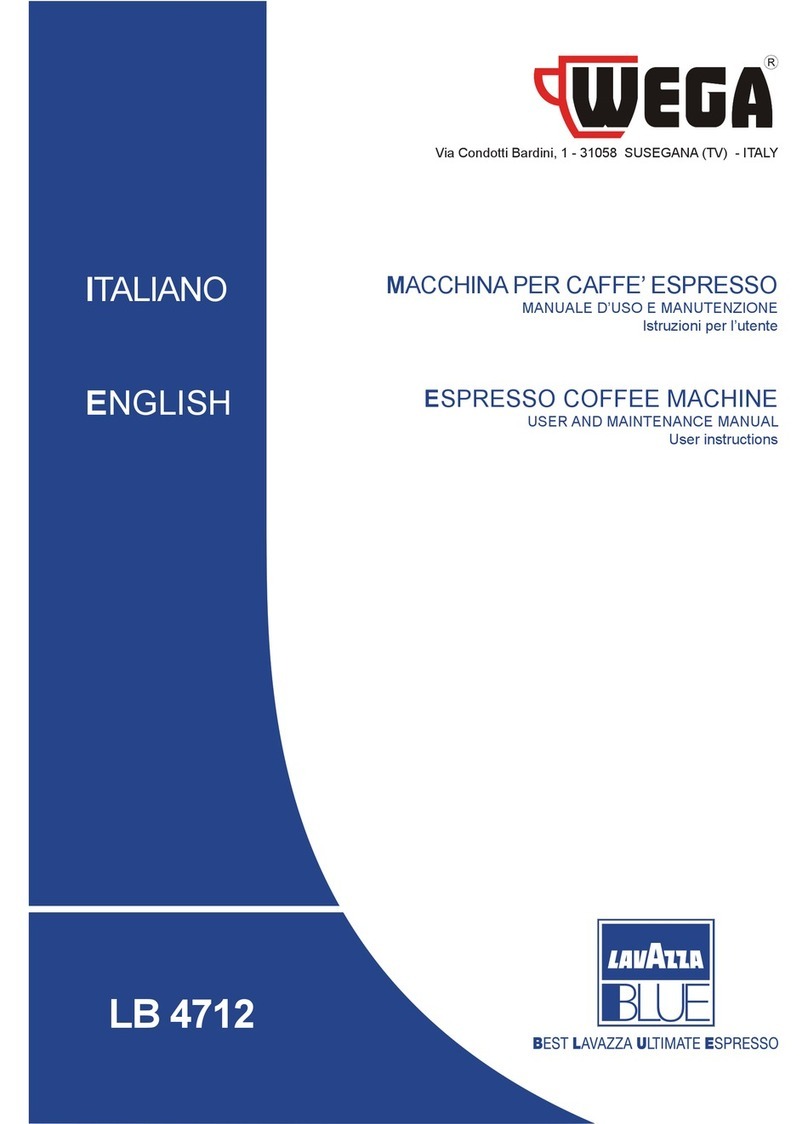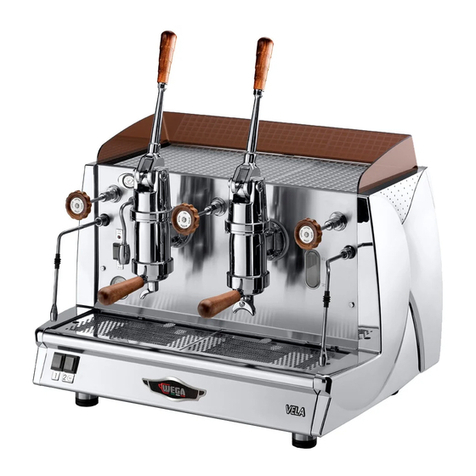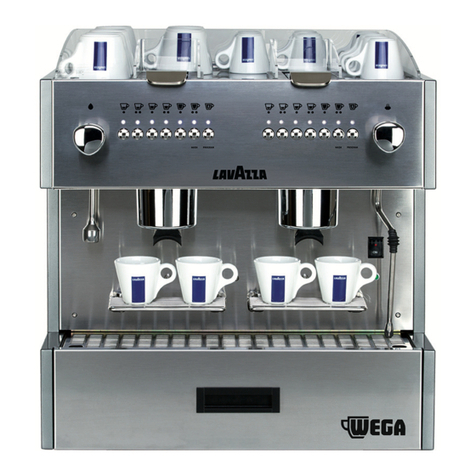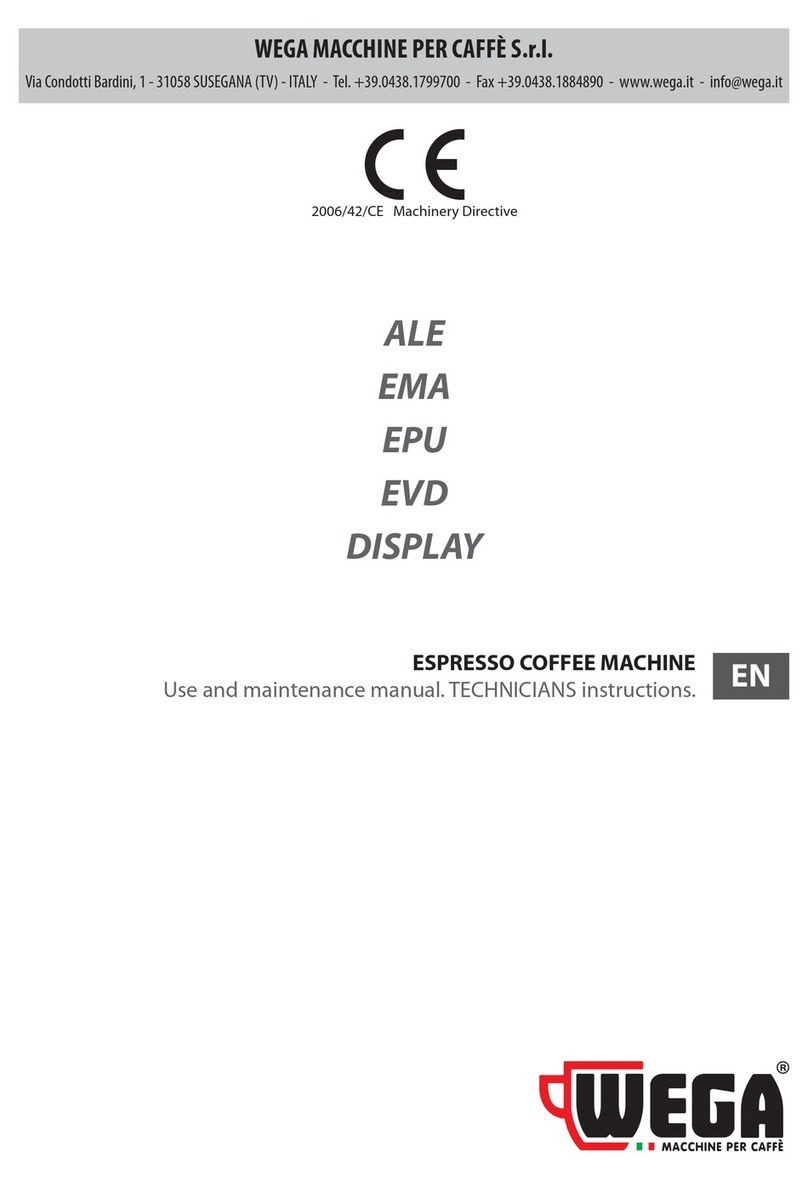
TECHNICIANS' manual6of 88
URBAN
General contents
1. INTRODUCTION.................................................................... 7
1.1 Guidelines for reading the Manual....................................7
1.2 Storing the Manual...................................................................7
1.3 Method for updating the Instruction Manual..............7
1.4 Recipients......................................................................................7
1.5 Glossary and Pictograms........................................................8
1.6 Guarantee.....................................................................................9
2. MACHINE IDENTIFICATION............................................ 9
2.1 Make and model designation..............................................9
2.2 General description...................................................................9
2.3 The manufacturer’s customer support service ............9
2.4 Intended use.............................................................................10
2.5 Machine diagram...................................................................11
2.6 Pushbutton panel...................................................................11
2.7 Internal components............................................................12
2.8 Data and CE marking...........................................................13
3. TRANSPORT AND HANDLING.......................................19
3.1 Safety precautions.................................................................19
3.2 PPE features..............................................................................19
3.3 Dimensions and weight.......................................................19
3.4 Handling the packed machine .........................................19
3.5 Unpacking the machine......................................................20
4. STORAGE.................................................................................20
4.1 Overview.....................................................................................20
4.2 Storing the machine after operation.............................20
5. INSTALLATION.....................................................................21
5.1 Safety precautions.................................................................21
5.2 PPE features..............................................................................21
5.3 Environmental conditions...................................................21
5.4 Installation and operation spaces..................................21
5.5 Support base.............................................................................22
5.6 Drilling the support base.....................................................24
5.7 Hydraulic connection............................................................25
6. COMMISSIONING ..............................................................27
6.1 Safety precautions.................................................................27
6.2 Preparing the lter holders.................................................27
6.3 Grinding and dosing coffee ...............................................27
6.4 External motor pump adjustment..................................27
6.5 Automatic steam wand (if applicable).........................27
6.6 Turning the machine on and off......................................28
6.7 Water renewal..........................................................................29
7. MACHINE INFORMATION...............................................29
8. PARAMETER PROGRAMMING .......................................30
8.1 Access ..........................................................................................30
8.2 Energy Saving Management.............................................32
8.3 Manually activating the ENERGY SAVING mode....33
8.4 User Conguration Menu ...................................................34
8.5 SCREENSAVER conguration ............................................39
9. WI-FI CONNECTION..........................................................52
10. MAINTENANCE AND CLEANING.................................53
10.1 Safety precautions.................................................................53
10.2 PPE features..............................................................................53
10.3 Maintenance ............................................................................53
10.4 Water lter maintenance....................................................56
10.5 Water softener regeneration.............................................58
10.6 Malfunctions and solutions................................................59
10.7 Cleaning operations..............................................................61
11. SPARE PARTS .........................................................................63
12. DECOMMISSIONING ........................................................63
12.1 Short period of machine inactivity.................................63
12.2 Long period of machine inactivity..................................63
13. DISASSEMBLY.......................................................................64
14. DISPOSAL ...............................................................................64
14.1 Disposal information.............................................................64
14.2 Environmental information................................................64
15. WIRING DIAGRAMS..........................................................65
15.1 ELECTRIC MAINS connection...........................................65
15.2 Electronic control unit diagram........................................66
15.3 Connector wiring diagram..................................................68
15.4 Control unit connection diagram....................................69
15.5 Control unit connection diagram -UL- ..........................73
15.6 DISPLAY control unit diagram..........................................77
16. HYDRAULIC DIAGRAM.....................................................78
17. CREDIT - DEBIT/DEBIT - CREDIT SYSTEM ...............79
17.1 CREDIT - DEBIT system with direct
connectiontothetill.............................................................79
17.2 DEBIT - CREDIT system with direct
connectiontothetill.............................................................80
17.3 Beverage selection code table..........................................81
18. PARAMETER TABLE.............................................................81
